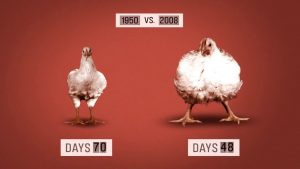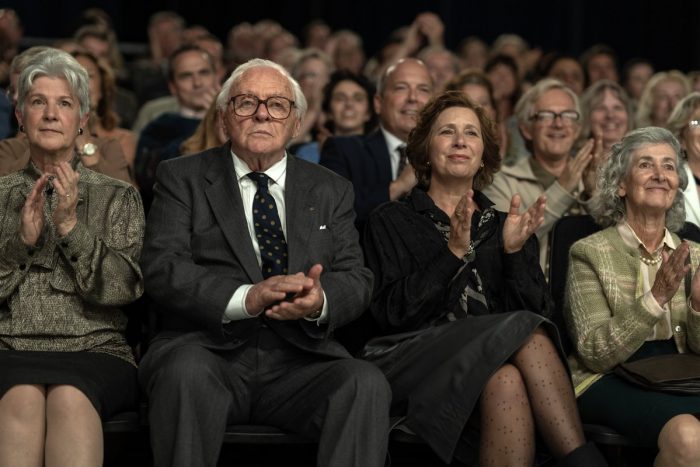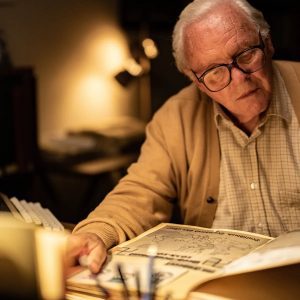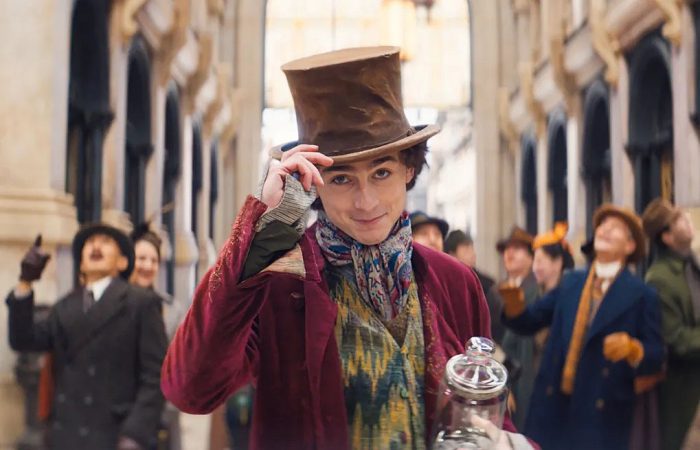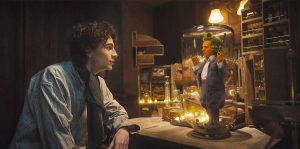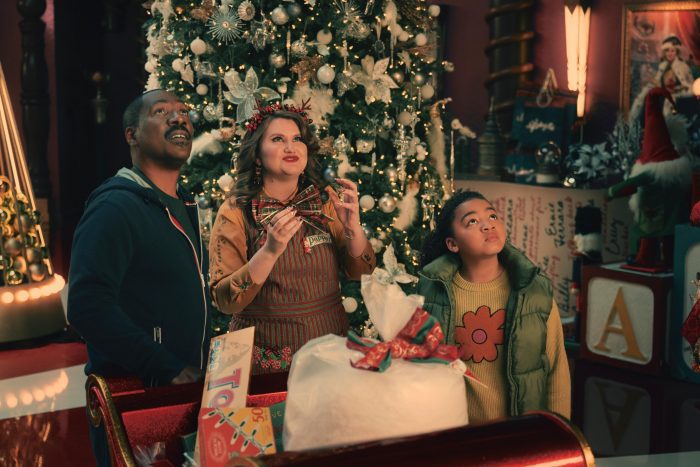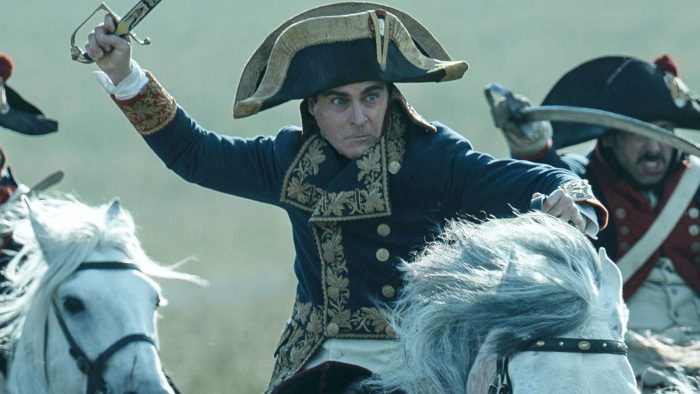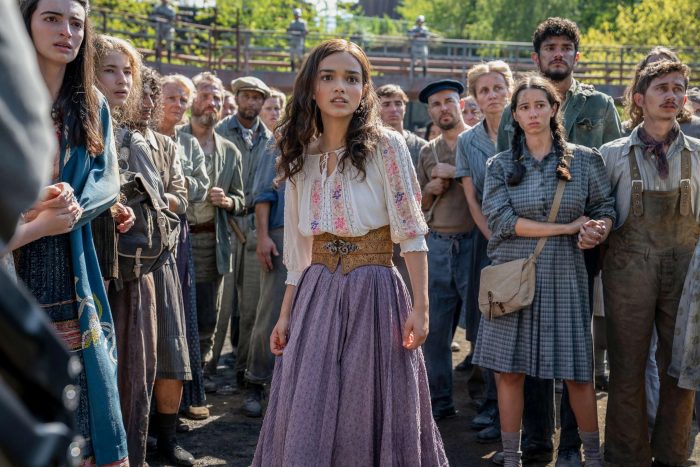Reviewed by Jeffrey Sanzel
Pixar has produced over two dozen animated features. Among the best are Up, Coco, Soul, Finding Nemo, and the Toy Story franchise, which managed to maintain its integrity through three sequels.
The unique and wonderful Inside Out (2015) explored and explained the complicated inner feelings of young Riley and how she reacts to her family’s relocation. The film personified her basic emotions—Joy, Sadness, Fear, Disgust, and Anger—in colorful (and color-coded) beings.
Director Pete Docter (Monsters, Inc., Up, and Soul) co-wrote the screenplay with Meg LeFauve and Joshy Cooley. Docter gathered an all-star cast of voices, including Amy Poehler, Phyllis Smith, Lewis Black, Mindy Kaling, Bill Hader, and others. It became one of the year’s most successful films, grossing over eight hundred and fifty million dollars and receiving nearly unanimous critical acclaim.
Inside Out 2, the much-anticipated sequel, picks up a year later with thirteen-year-old Riley. Director Kelsey Mann makes an extraordinary feature debut, working from a beautifully fashioned screenplay by LeFauve and Dave Holstein. (Docter served as executive producer.) It is easy to be hyperbolic. (For example, “This is the worst film ever made.”) However, Inside Out 2 is, quite simply, perfect.
On the verge of entering high school, Riley learns that her best friends and fellow hockey teammates, Bree and Grace, will attend a different school. Seemingly overnight, Riley goes from child to teenager, with mood swings and doubts becoming the norm. That summer, the trio attend a three-day hockey intensive, with Riley hoping success will lead to a place on the varsity Fire Hawks. At the camp, Riley meets her idol, high school hockey star Valentina Ortiz, and decides to court favor with the older girl and her entourage in exchange for her allegiance to Bree and Grace.
Inside Out 2 meets the original material directly and then logically—and brilliantly—elevates it as Riley enters the struggle that is puberty. Joining and fighting to replace Joy, Sadness, Fear, Anger, and Disgust are Envy, Ennui, Embarrassment, and, most importantly and most present, Anxiety.
Ultimately, the story is the battle between Joy and Anxiety for control over Riley’s life. This significant metaphor embodies the steps from childhood to adolescence. At the heart is the idea that experiences become memories that generate belief, leading to a Sense of Self. Grappling with the need to manifest a Sense of Self fires the conflict. The ultimate resolution is heartfelt, honest, and cathartic.
Once again, Poehler heads up a terrific company; she mines every bit of humor in Joy but never sacrifices the emotional integrity. Black and Smith return as Anger and Sadness, respectively. Like Poehler, they never lose the heart for the laughs. Lisa Lapira replaces Mindy Kaling as Disgust, and Tony Hale takes over from Bill Hader as Fear. (The sour note surrounds the film as Kaling and Hader ended up in a pay dispute with Disney, being offered only one hundred thousand dollars to Poehler’s five million.) Lapira and Hale both acquit themselves well.
Maya Hawke brings dimension to Anxiety, allowing the emotion’s potential value to weigh against its damage. Ayo Edebiri’s Envy matches Disgust, and Paul Walter Hauser’s almost mute Embarrassment works well. However, the funniest addition is Ennui, with Adèle Exarchopoulos playing the boredom as a beatnik Parisian existentialist. Diane Lane and Kyle MacLachlan are back as Riley’s parents, and while they have limited screen time, they manage to imbue the parents with the right mix of love and frustration. Kensington Tallman’s Riley (replacing Kaitlyn Dias) truly holds center in a nuanced and wholly believable performance.
The designers and animators (and hundreds of artists and craftspeople) seamlessly shaped two parallel worlds: Riley’s almost hyper-realistic outside (down to the braces and single unmentioned pimple) and the softer, slightly two-dimensional inside (giving the world of emotions a hint of old Disney). The spherical memories, the islands, and the control consuls return, only to be taken to the next step.
The script is smart, and the dialogue is clever, but neither ever becomes self-conscious, finding unique voices for every character. The film does not trade on its predecessor but builds, expands, and matures it. (It also contains one of the greatest puns in any film—but no spoilers here.)
Inside Out 2 offers great truths with remarkable awareness: growing up is messy, change is complex, and everyone is a roiling sea of turmoil. It also shows that every emotion and experience—every color, every shade—lead us to who we are and who we can be. If art’s purpose is to reflect the human condition, then Inside Out 2 is art and much, much more.
Rated PG, the film is now playing in local theaters.










